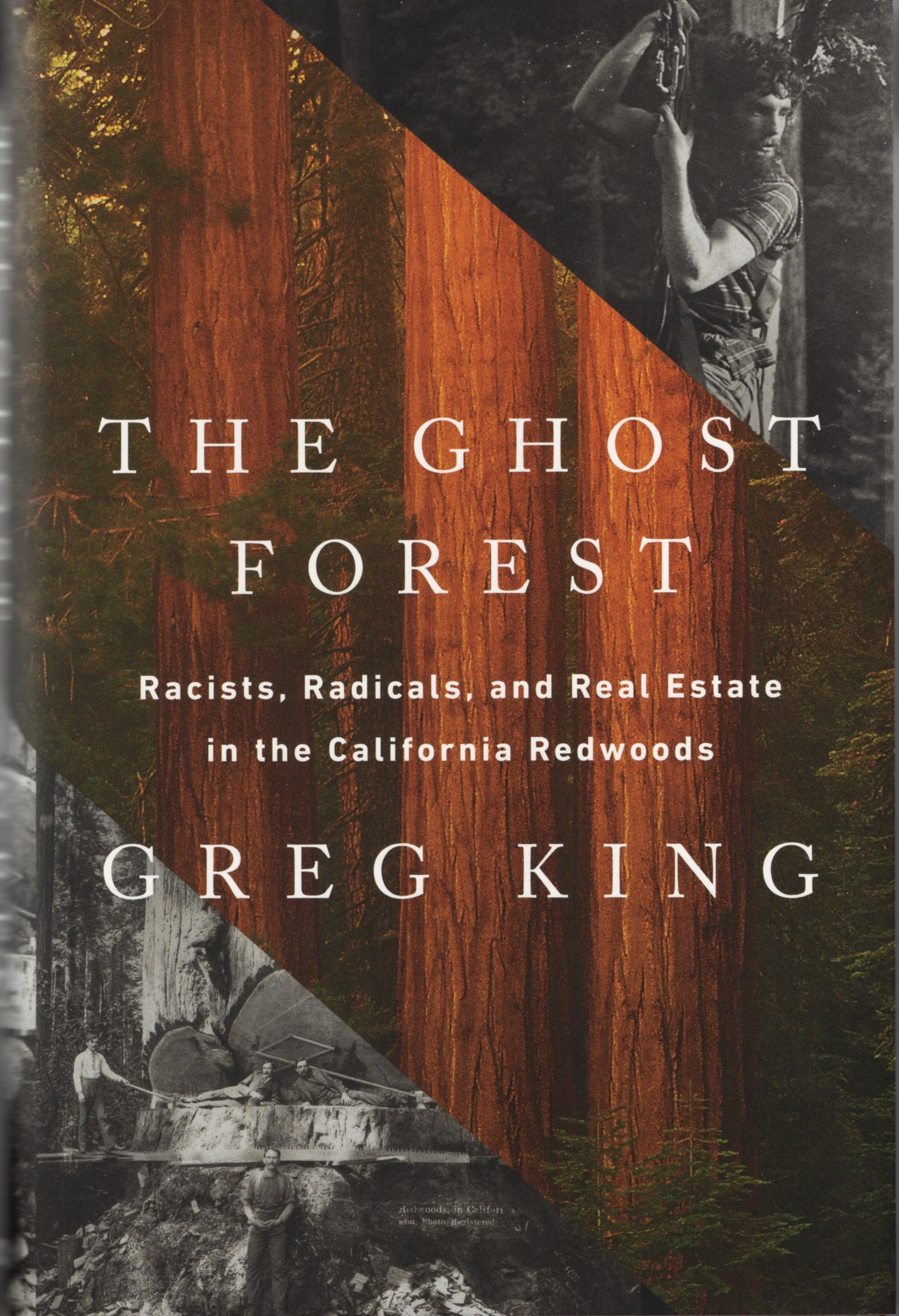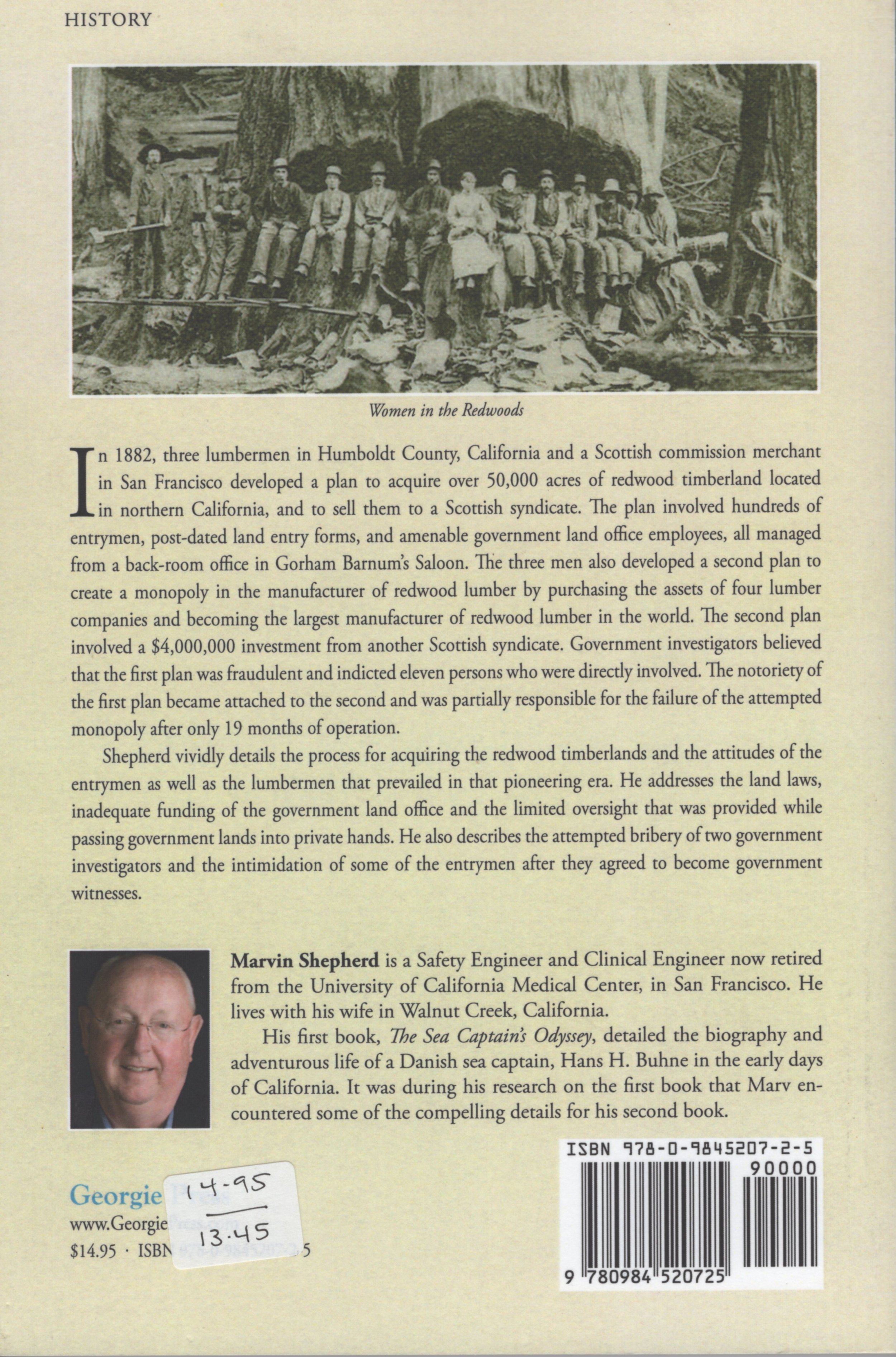Mills of Humboldt County
Mills of Humboldt County
A major topic of interest in Humboldt County history is redwoods and other trees - their ecology, felling, milling and economic impacts. Several books at the Historical Society bookstore deal with those topics. Two of the most comprehensive ones are "The Mills of Humboldt County I and II" by Alex Service and Susan O'Hara for the Fortuna Museum. As part of the Arcadia "Images of America " series, they are replete with historic photographs along with comprehensive introductions and captions.
Using a thematic approach, the first begins by identifying the early mills and the evolution of their technology. The second chapter focuses on the business of logging and how the technology for felling and transporting logs evolved and how this business spurred other industries such as ship building.
Then we go into the "split-products industries" where the even grains of redwood allows it to be split into log planks suitable for local native American buildings and for products like shingles. This leads into other industries such as tanbark and decorative carvings from burl wood. Finally we have chapters on the camps and company towns where workers lived and follow this with images of those workers and their families.
The second book takes a more chronological approach covering how the timber industry evolved during the first half of the 20th century and how it was impacted by events and developing technology. We see how corporations began consolidating mills and how "lumber barons" influenced their communities. The effects of disasters and social and political upheavals on the industry is also covered, showing how the 1906 earthquake increased the demand for lumber and how WWI introduced new technology while also cutting off many foreign markets.
The Great Depression's impact on the industry is also presented as is that of the Second World War which sent male workers from the mills and woods to the battlefields while encouraging more diverse female employment. And we see the impact of social forces such as labor strikes demanding better conditions and pay for workers as well as the growing environmental Save the Redwoods movement and the establishment of parks and conservation areas.
Together these two well-illustrated books cover a field that is interwoven into our county's history. It is an industry, though continuing to be modified by economic and social forces, that is still part of our life today and may be well into the future.









